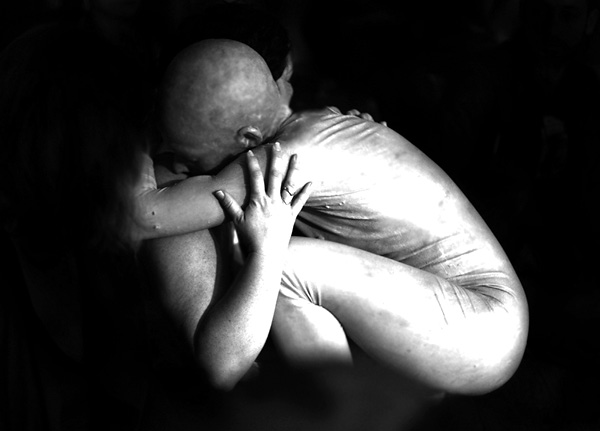
AEGIS
first performed on March 25, 2016
Ejercicios Mosqueto, Santiago de Chile, Chile
performed three times in 2016
VESTANDPAGE / VERENA STENKE, ANDREA PAGNES
Neckarsulm, Germany / Venice, Italy
089960784p089960784a089960784g089960784n089960784e089960784s089960784@089960784v089960784e089960784s089960784t089960784-089960784a089960784n089960784d089960784-089960784p089960784a089960784g089960784e089960784.089960784d089960784e089960784 089960784/089960784 089960784v089960784e089960784r089960784e089960784n089960784a089960784@089960784v089960784e089960784s089960784t089960784-089960784a089960784n089960784d089960784-089960784p089960784a089960784g089960784e089960784.089960784d089960784e
vest-and-page.de
AEGIS
VESTANDPAGE / VERENA STENKE, ANDREA PAGNES
In this new performance cycle, we interrogate the qualities of valuable and enduring aspects of protection for living matter: the defense functions, shielding systems, and security methods available. Our body-based actions are accompanied by the recorded reading of the Universal Declaration of Human Rights, spoken in the language of the country where we perform. We are dressed in full-body latex coverings, for latex is a milky liquid usually exuded and actively moved to areas after tissue injury in certain plants, and is said to function as defense for plants from enemies. Scientists noted that latex has such offensive properties that it is a better protection for the plant than thorns, prickles, or hairs.
Each chapter is consequential to the previous one. We use self-cutting, blood-writing, different fluids, and flames, and we also create sounds and use our voices. The installation mainly consists of barbed wire, glass, and mirror shards. We interact with the audience, eventually leaving the performance space to let them conclude the performance themselves. These conclusions consist of the audience whispering, speaking out loud, or screaming their own experiences related to the theme. Our skin unites and separates; our latex double is like a diaphragm, a hyle that is never enough to contain our bodies and fragments itself. We look for a cultural identity that is not reflected in a fixation on a canon, or on an aesthetic ideal, but on metamorphosis, in the development of a process and within a continuous exchange. We approach the authenticity of an act before it passes and slides away, in the dance of the fast-too-fast happening of the things around us.
“I see this as a long goodbye, as a knowing divorce from an old dress (lived and loved), for being able to continue to live and love.”
—Francesco Kiais